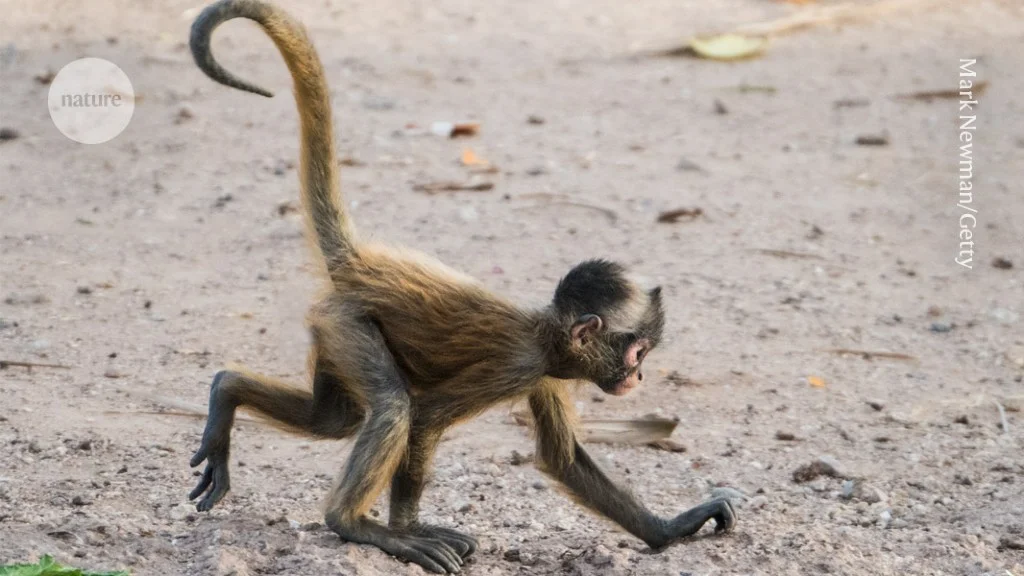Unlocking the Genetic Mystery: Why Humans Lack Tails
Scientists have identified a pivotal genetic mutation responsible for the absence of tails in humans and our ape ancestors, offering insights into a significant evolutionary development. This discovery, emerging from a comparison of DNA between tailed monkeys and tailless hominoids, pinpoints a mutation in the TBXT gene as the critical factor. The mutation, which occurred approximately 25 million years ago, marks a turning point in the evolutionary trajectory of apes and humans.
Deciphering the Genetic Code
Researchers from New York University Langone Health and Harvard University, among others, conducted the study, revealing how a seemingly minor genetic alteration can lead to substantial anatomical changes. By introducing this genetic mutation into laboratory mice, the team observed a significant reduction or complete absence of tails, mimicking the tailless condition of hominoids. This experiment underscores the mutation’s role in evolutionary adaptation, aligning with shifts from arboreal to terrestrial locomotion among our ancestors.
Evolutionary Advantages and Trade-offs
The loss of the tail may have facilitated improved balance and mobility for upright walking and eventually bipedalism, offering an evolutionary advantage as our ancestors adapted to ground living. However, the research also suggests a potential trade-off, as the genetic modification led to a slight increase in the risk of neural tube defects similar to spina bifida in humans. This highlights the complex interplay between genetic changes and their multifaceted impacts on organismal development and health.
Implications for Understanding Human Evolution
This groundbreaking research not only sheds light on the genetic underpinnings of a key aspect of human and ape morphology but also prompts further investigation into how genetic mutations influence the evolutionary process. The identification of the TBXT gene mutation opens new avenues for exploring the genetic mechanisms behind other distinctive traits in human evolution and provides a foundation for understanding the genetic diversity and adaptability of vertebrates.






